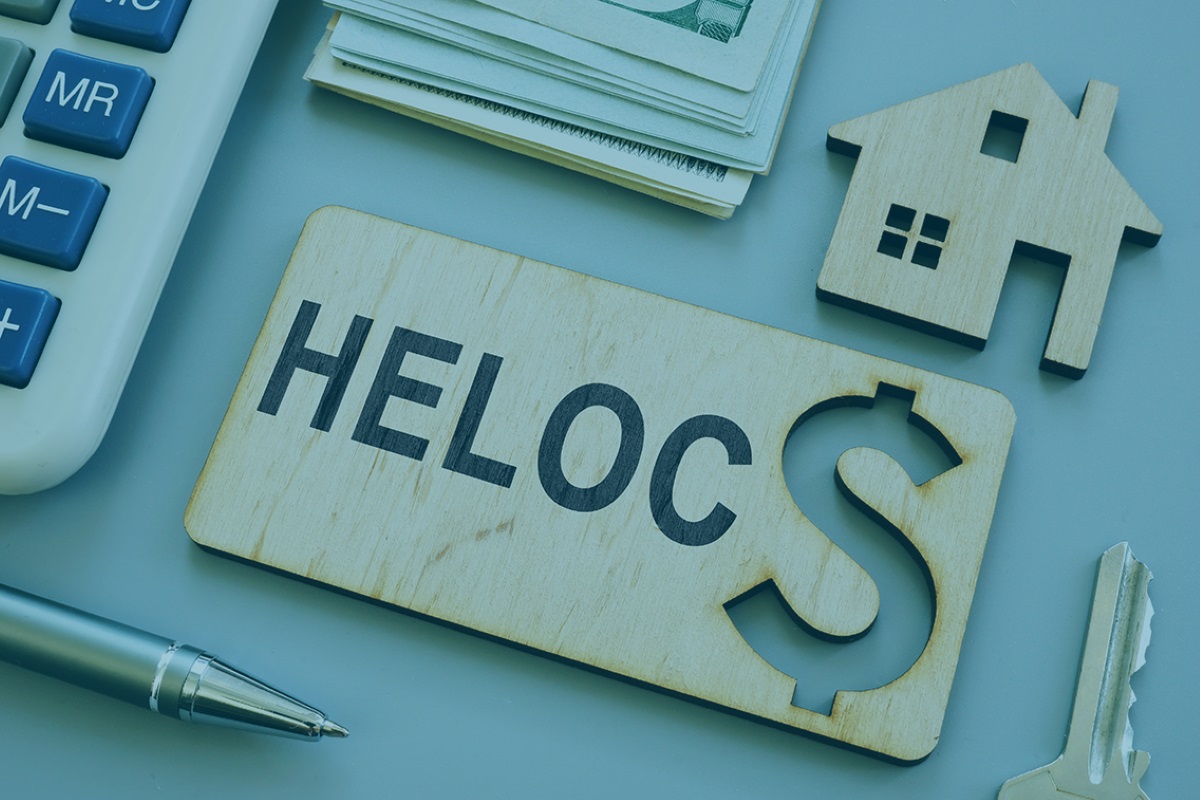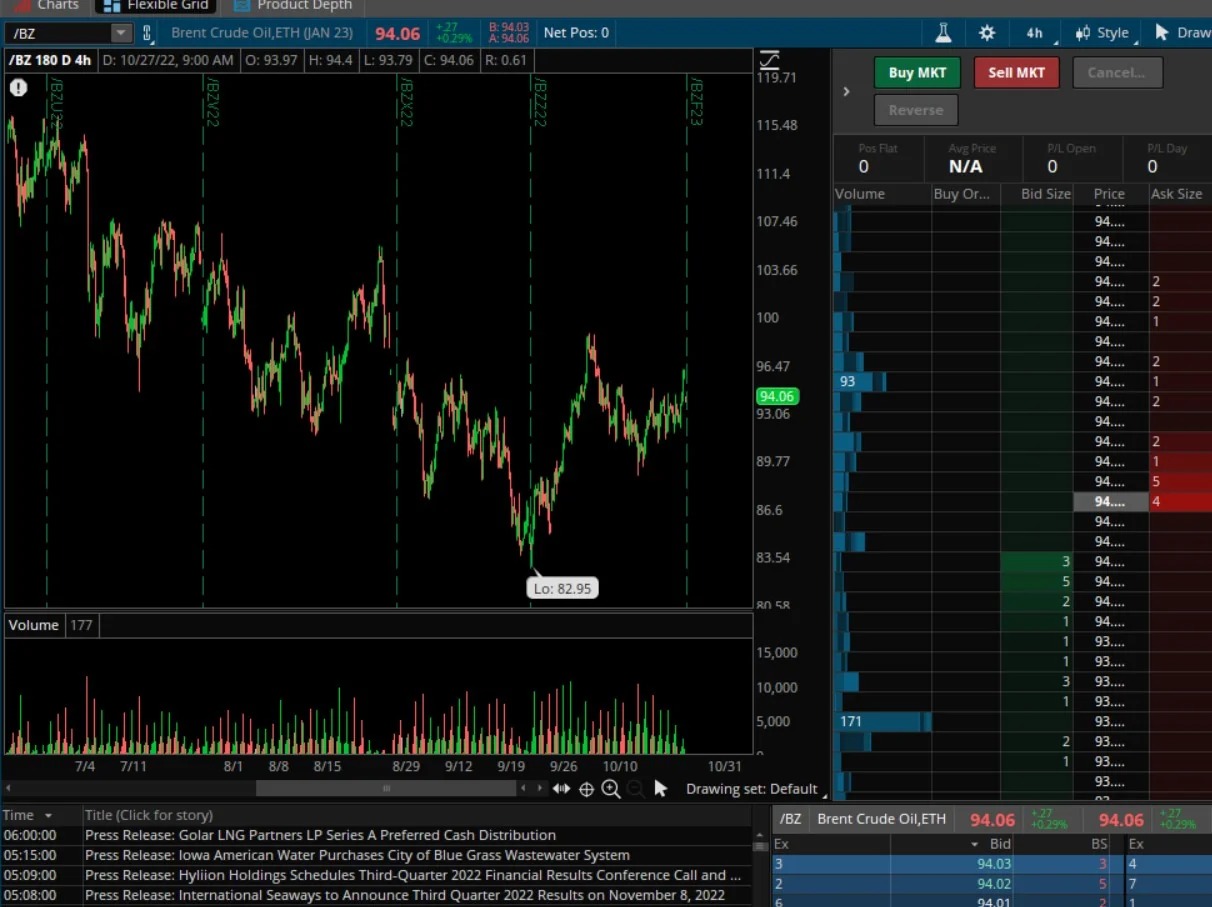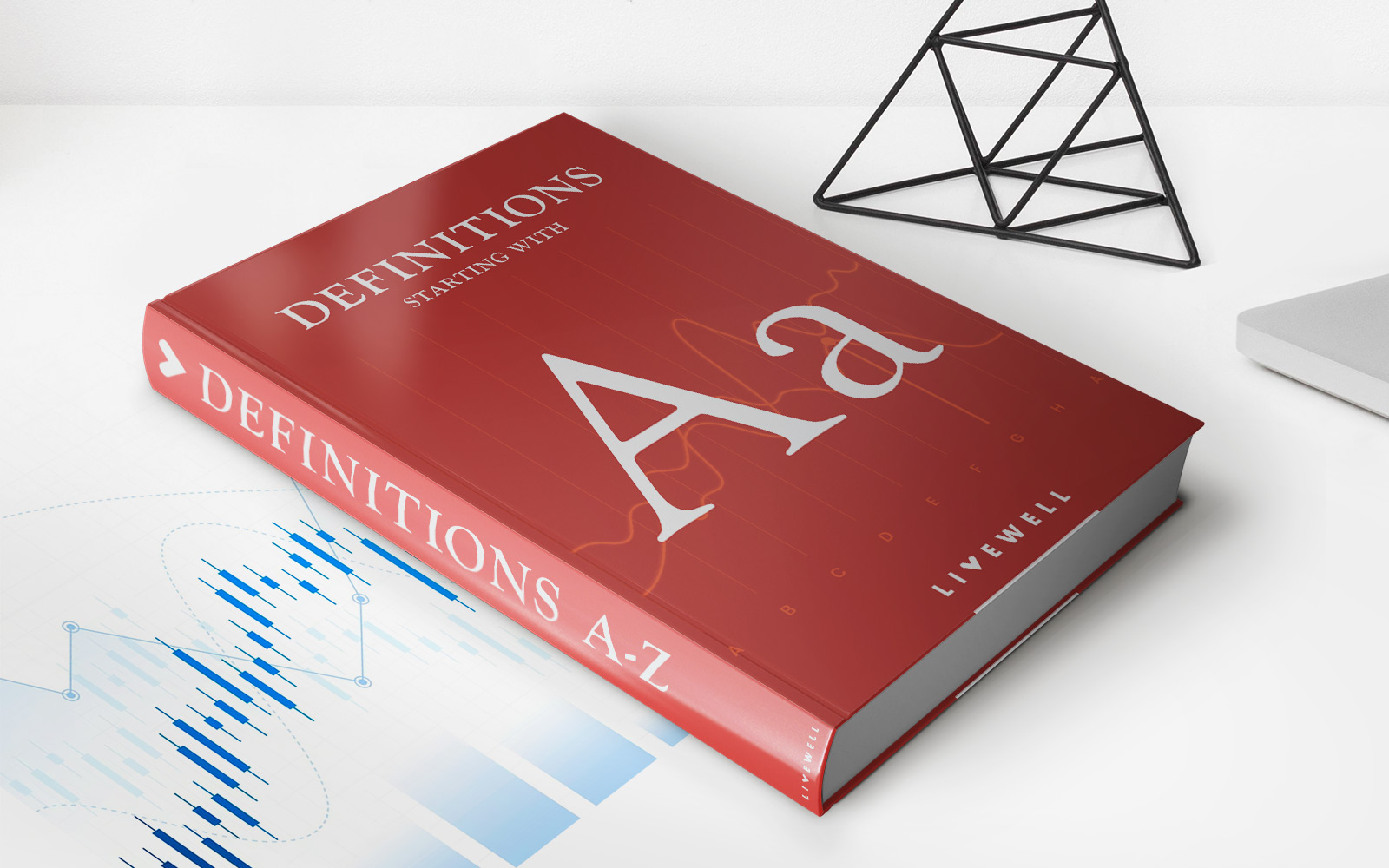Home>Finance>What Is The Minimum Monthly Payment For A $100,000 House


Finance
What Is The Minimum Monthly Payment For A $100,000 House
Published: February 25, 2024
Learn about the minimum monthly payment for a $100,000 house and how it impacts your finances. Understand the financial implications of mortgage payments.
(Many of the links in this article redirect to a specific reviewed product. Your purchase of these products through affiliate links helps to generate commission for LiveWell, at no extra cost. Learn more)
Table of Contents
Introduction
Purchasing a home is a significant milestone for many individuals and families. When considering homeownership, one crucial aspect to comprehend is the minimum monthly payment. This payment encompasses various components, including the principal, interest, taxes, and insurance, all of which are essential for maintaining the property and meeting financial obligations.
Understanding the minimum monthly payment is vital for prospective homeowners, as it directly impacts their budget and overall financial well-being. By gaining insight into the factors influencing this payment and learning how to calculate it, individuals can make informed decisions and effectively manage their finances.
In this article, we will delve into the intricacies of the minimum monthly payment for a $100,000 house. By exploring the key components and factors that contribute to this payment, readers will gain a comprehensive understanding of its significance and learn valuable tips for managing it effectively. Whether you are a first-time homebuyer or seeking to enhance your financial literacy, this article aims to provide practical insights and empower you to navigate the complexities of homeownership with confidence.
Understanding the Minimum Monthly Payment
When purchasing a home, the minimum monthly payment represents the amount due each month to cover various expenses associated with homeownership. This payment typically comprises four primary components: principal, interest, taxes, and insurance, commonly referred to as PITI.
Principal: This portion of the minimum monthly payment goes towards repaying the original amount borrowed to purchase the home. Over time, as the principal balance decreases, a larger proportion of the payment is allocated to reducing the principal.
Interest: The interest is the cost of borrowing money from the lender and is calculated based on the remaining principal balance. In the early years of the mortgage, a significant portion of the monthly payment is allocated to interest.
Taxes: Property taxes are levied by local governments and are typically included in the monthly mortgage payment. These taxes contribute to funding various public services and infrastructure within the community.
Insurance: Homeowners insurance, which protects the property against damage or loss, is also included in the minimum monthly payment. Additionally, if the down payment is less than 20% of the home’s value, private mortgage insurance (PMI) may be required to mitigate the lender’s risk.
Understanding the breakdown of the minimum monthly payment is crucial for homeowners, as it enables them to grasp the financial responsibilities associated with owning a home. By comprehending how each component contributes to the overall payment, individuals can effectively budget and plan for their ongoing homeownership expenses.
Factors Affecting the Minimum Monthly Payment
Several key factors influence the minimum monthly payment for a home, shaping the overall financial commitment associated with homeownership. Understanding these factors is essential for prospective homebuyers as it provides insights into the determinants of their monthly financial obligations.
- Loan Amount: The total amount borrowed to purchase the home directly impacts the minimum monthly payment. A higher loan amount results in a larger monthly payment, while a lower loan amount reduces the monthly financial burden.
- Interest Rate: The interest rate on the mortgage significantly influences the minimum monthly payment. A higher interest rate leads to greater interest expenses, thereby increasing the overall payment amount.
- Loan Term: The duration of the loan, such as a 15-year or 30-year mortgage, affects the minimum monthly payment. Shorter loan terms often result in higher monthly payments but lower overall interest costs, while longer terms yield lower monthly payments but higher total interest expenses.
- Property Taxes: The property’s assessed value and the corresponding property tax rate impact the minimum monthly payment. Higher property taxes necessitate a larger monthly payment to cover these expenses.
- Homeowners Insurance: The cost of insuring the home against potential damage or loss contributes to the minimum monthly payment. Factors such as the property’s location, replacement value, and coverage options influence the insurance expenses.
- Private Mortgage Insurance (PMI): If the down payment is less than 20% of the home’s value, lenders typically require PMI, which adds to the minimum monthly payment. Building sufficient equity in the home enables homeowners to request the cancellation of PMI once certain criteria are met.
By considering these factors, prospective homebuyers can assess the financial implications of homeownership and make informed decisions regarding their mortgage terms and property choices. Additionally, understanding the interplay of these factors empowers individuals to explore strategies for managing and optimizing their minimum monthly payment.
Calculating the Minimum Monthly Payment for a $100,000 House
When determining the minimum monthly payment for a $100,000 house, several factors come into play, each contributing to the overall financial commitment associated with homeownership. To calculate this payment, prospective homebuyers can utilize various formulas and tools to obtain an estimate tailored to their specific circumstances.
Mortgage Calculator: Online mortgage calculators are valuable tools for estimating the minimum monthly payment. By inputting the loan amount, interest rate, loan term, property taxes, and insurance costs, individuals can obtain a comprehensive breakdown of their monthly financial obligations.
Principal and Interest: The principal and interest components of the minimum monthly payment are determined by the loan amount and interest rate. For a $100,000 house, the specific loan terms, such as the interest rate and loan term, significantly influence the allocation of funds towards repaying the borrowed amount and covering the interest expenses.
Taxes and Insurance: Property taxes and homeowners insurance are integral parts of the minimum monthly payment. The property’s assessed value, local tax rates, and insurance premiums contribute to these expenses, which are often included in the monthly mortgage payment to ensure comprehensive coverage and compliance with financial obligations.
By considering these factors and utilizing available resources, individuals can calculate the minimum monthly payment for a $100,000 house, gaining clarity on the financial responsibilities associated with their prospective homeownership. This insight allows for informed decision-making and effective budgeting to ensure the sustainable management of homeownership expenses.
Tips for Managing the Minimum Monthly Payment
Effectively managing the minimum monthly payment for a home is essential for maintaining financial stability and ensuring sustainable homeownership. By implementing strategic approaches and financial practices, individuals can navigate their mortgage obligations with confidence and optimize their overall financial well-being.
- Budgeting Wisely: Create a comprehensive budget that encompasses all monthly expenses, including the minimum monthly payment. Prioritize essential costs and allocate funds towards the mortgage to ensure timely payments and financial security.
- Building an Emergency Fund: Establishing an emergency fund provides a safety net for unexpected expenses or financial challenges. Having readily accessible funds can prevent financial strain and help individuals meet their minimum monthly payment obligations, even during unforeseen circumstances.
- Refinancing Opportunities: Periodically assess the potential benefits of refinancing your mortgage. Lower interest rates or improved financial circumstances may present opportunities to refinance, potentially reducing the minimum monthly payment and overall interest expenses.
- Understanding Escrow: Gain a thorough understanding of escrow accounts, which are used to manage property taxes and homeowners insurance. Monitoring the escrow account and its associated expenses can help homeowners anticipate changes in the minimum monthly payment and plan accordingly.
- Accelerating Payments: Consider making additional payments towards the principal to expedite the repayment of the loan. By reducing the principal balance, homeowners can potentially decrease the overall interest costs and shorten the loan term, thereby optimizing their financial position.
- Seeking Professional Guidance: Consult with financial advisors or mortgage professionals to gain insights into managing the minimum monthly payment effectively. Professionals can provide personalized guidance and strategies tailored to individual financial circumstances.
By implementing these tips and adopting proactive financial practices, homeowners can navigate the complexities of the minimum monthly payment with confidence and ensure the sustainable management of their mortgage obligations. Additionally, fostering financial discipline and staying informed about available resources and support can contribute to long-term financial stability and homeownership success.
Conclusion
Understanding the intricacies of the minimum monthly payment for a $100,000 house is essential for individuals embarking on the journey of homeownership. This financial commitment encompasses various components, including the principal, interest, taxes, and insurance, each playing a significant role in shaping the overall financial responsibilities associated with owning a home.
By comprehending the factors influencing the minimum monthly payment and learning how to calculate it, individuals can make informed decisions and effectively manage their mortgage obligations. Strategic financial practices, such as budgeting wisely, building an emergency fund, and exploring refinancing opportunities, can empower homeowners to navigate their minimum monthly payment with confidence and optimize their overall financial well-being.
As individuals embark on the path to homeownership, it is crucial to prioritize financial literacy and seek professional guidance when necessary. By fostering a deep understanding of the minimum monthly payment and implementing prudent financial strategies, individuals can embark on their homeownership journey with confidence and ensure the sustainable management of their mortgage obligations.
This article aims to equip readers with practical insights and valuable tips for managing the minimum monthly payment, empowering them to navigate the complexities of homeownership with confidence and financial acumen. By embracing proactive financial practices and staying informed about available resources, individuals can embark on their homeownership journey with a solid foundation and a clear path towards long-term financial stability.














